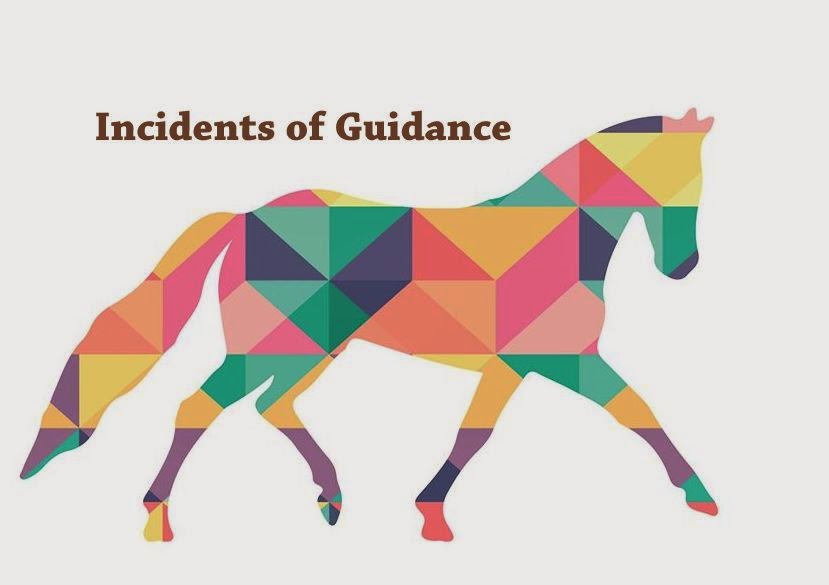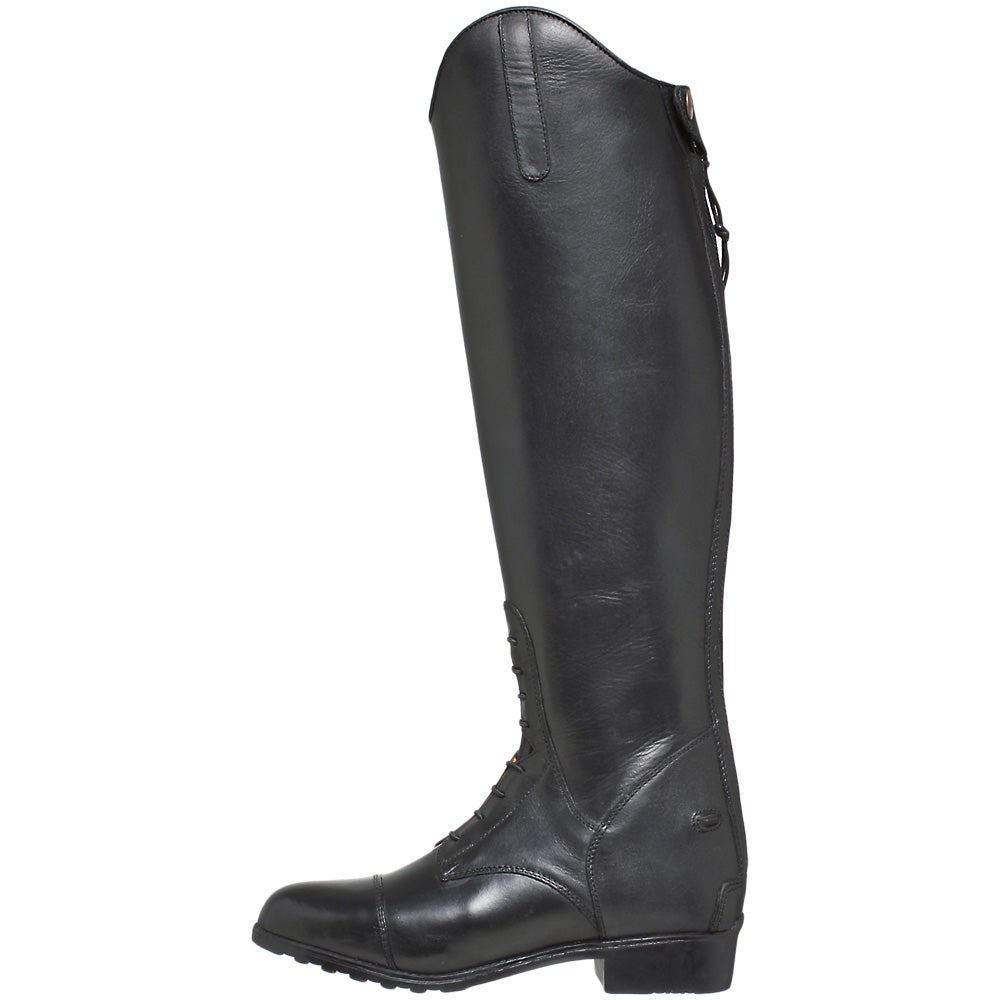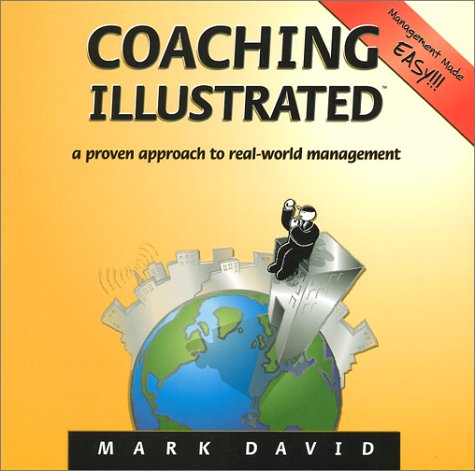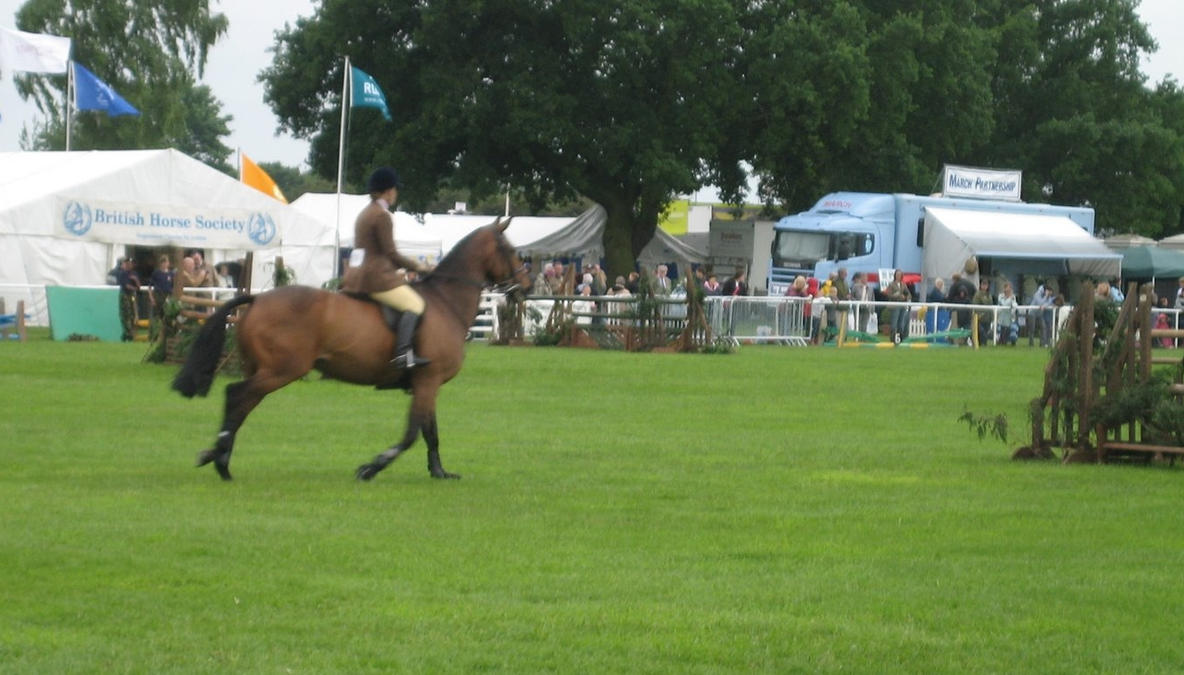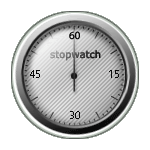I have one student currently tackling this movement and a few others who are within a few lessons of learning it. This is an exercise that really is the first one where we just feel our way forward until one 'feelage' really is the right one. Even on a perfectly schooled horse, shoulder-in requires so much tact the first few times, you know? It's like when we learn to post - we use every muscle in our bodies and it's straight up exhausting. But then we refine our ability to post and rely on the horse's motion more until one day we can post for an hour in our lessons.
I promised E some literature on the subject, so here we are.
Shoulder-in was developed (the literature argues, at any rate) on straight lines by a fellow named Gueriniere. Many trainers say that this is a foundational exercise for transforming how horses move. I can attest to that - the strength, feel, and balance developed through this exercise allows for better riding and better movement from the horse.
Mairinger describes the shoulder-in as 'a sideways motion on two tracks. The forehand is off the track and the hindquarters are on the track. The front legs cross over, the hind legs do not.
'The best preparation for a shoulder-in, as for almost everything, is a well-ridden corner. The horse is straight, moving with impulsion, and is flexed round the inside leg. After the corner is completed and we have the horse on the long side we take his forehand one more step on the circle to take the forehand off the track. Then the outside rein restricts the forward movement. The outside leg controls the hindquarters from falling out and helps to maintain the impulsion. The inside leg not only keeps him forward but as soon as the shoulder-in position is established there is a little extra pressure from it which says, 'keep going forward and also sideways'. The outside leg maintains the impulsion and this is the only movement where it does this. The tempo, rhythm, and outline must remain unchanged.'
Margaret Caball-Self emphasizes how important the shoulder-in is for flexibility and strength-building, and proceeds to describe what I would consider to be a somewhat remedial method of producing the shoulder-in. Perhaps I'm wrong. Readers, is this more along the lines of how you were taught to shoulder-in?
'The aids employed in the shoulder-in are as follows: When the rider has crossed the short side and has entered the long side of the hall, he uses the inside leading rein to draw the forehand a little off the track and to flex the neck and head to the movement. The inside leg is pressed firmly against the girth to move the horse along the track. The outside leg, a holding leg, is carried a little behind the girth to prevent the haunches from being turned off the track and to flex the horse at the loin around the inside leg. The rider then changes the rein effect from a leading rein to an indirect rein of opposition behind the withers, thus pushing the horse toward his outside or leading shoulder while his inside shoulder is held off the track.'
 |
| Horsemastership by Caball-Self |
Noel Jackson, author of the absolutely stupendous "Effective Horsemanship", mentions that the 'curve imposed on the horse's spine is that of the arc of a volte, or a circle of a radius equal to a horse's length, usually taken as 3 meters.' Which is an interesting thought, if not particularly handy in helping us
find a shoulder-in in the first place. His aids for the shoulder-in are remarkable similar to Margaret's. Perhaps I've been doing it wrong my whole life! Yikes!
 |
| Effective Horsemanship by Jackson |
Racinet, generally a favorite of mine, goes on
at length about various different methods of training shoulder-in. He talks of how Gueriniere developed the shoulder-in and it's purpose, then he bashes Gustav Steinbrecht a little for his 'lack of clarity' on the subject. He claims a well-executed shoulder-in can be accomplished entirely with weighted buttocks, which is fun to write about.
He also recommends moving very slowly, in a counted walk, to start the lateral movement of the shoulder in.
Major Anders Lindgren trains the shoulder-in by first working on concentric 5-meter circles at the walk, allowing the rider to really practice their seat. The inside leg creates the bend and the ouside leg, behind the girth, holds the hindquarters to the circle. The outside rein is on no contact and the inside rein leads the horse around. He allows that sometimes the rider will have to ask the horse to 'look at his hindquarters' in order to correct a falling shoulder. As the horse relaxes and stretches into this very small circle in both directions, the rider advances to doing a figure-8 with two 5-meter circles connected. The change of bend is less for the horse, he says, and more for the rider to practice achieving the correct seat. He emphasizes that you have to think of the outside seat bone being in the middle of the saddle and the very movement of the horse will knock you out of the saddle. Therefore you're constantly adjusting your weight aids. 'Bun management!'
When progressing to the shoulder-in out of a corner, Lindgren recommends a steep angle, nearly a tail-to-wall leg yield. It's easy to decrease the angle, he says, and sometimes very difficult to increase it.
Carl Hester says that shoulder-in is best ridden at an active trot!
Okay, can you just imagine all these masters in a room, just real quick. These amazing masters of training and riding. They're fit, and persnickety, and sometimes a little rude. They're all sitting around, and someone like me says, "what's the best way to teach a kid how to perform a shoulder-in? We're moving up to 2nd level and one of you has to have the
best way to pull this off."
Can you imagine the result of that?
Anyhow. Hester says to think of the movement in three parts. 1) A good, round, balanced 10-meter circle. 2) More inside leg to break the circle and continue down the rail. 3) Finish the movement before the next corner by straightening the horse out.
 |
| Carl Hester in "Riding Masterclass". Zoom in on this one, it's got some good stuff. |
Suzanne Von Dietz (what a great name) suggests practicing the centerline or quarter line in various flexions. Come off the rail in a left flexion, straighten over x, and perform right flexion for the rest of the centerline before turning. She suggests that although it looks simple, it's the foundation of good balance. "How far [can you flex the head and neck] sideways depends on your horse's ability to maintain his balance in motion. If you overdo this exercise and ask too much of your horse, the only thing you will achieve is his supple neck: You lose thrust and impulsion from back to front, as well as proper contact. In the beginning, it is advisable to start with less sideways flexion - moving his head laterally no further than his respective front foot's position."
"Once you are able to ride your horse straight while flexing his poll and neck sideways, you have created the foundation for shoulder-in. From this point ... all you need to do, in addition to the head and neck, is move horse horse's forehand slightly inward. Do not worry about your horse drifting inward a little as this is a lesser mistake: The horse's forehand is still moving in the correct direction. There is a far more common and serious mistake, which happens when you end up with a 'neck-in and hindquarter-out' instead of a shoulder in. ... Only when you succeed in correctly leading your horse's forehand inward, can you loosen your grip on the inside rein. This gives your horse the opportunity to actively and regularly move forward and sideways and use your outside aids to maintain his balance. ... If you do not concentrate on sitting upright during the entire exersice, you will collapse in your side and put strain on your back." Which hearkens back to 'bun management', hey?
Jane Savoie, self-proclaimed "ridiculously-tiny steps" trainer, often has very clarifying input on most topics.
The aids for left shoulder-in are as follows:
1. Seat: weight on left seat bone
2. Left leg: on the girst for the horse to bend around as well as to ask for engagement of the inside hind leg.
3. Right leg: behind the girst to help bend the horse around the inside leg.
4. Left rein: vibrate for inside flexion
5. Right rein: steady and supporting to prevent too much bent in the neck
6. Both hands: stay low and move to the left. They should stay equidistant from your body and move sideways on the same plane. Be sure that your inside hand (left) does not get drawn closer to the saddle and that your outside hand (right) does not cross over the withers. Move both hands enough to the left to lead your horse's shoulders so that you place his outside front leg in front of his inside hind leg.
Always ask for bend before you ask for angle.
I love Savoie's image of lining your outside knee to a point at the end of the ring and feel it being drawn to that point as if by an invisibile fisherman, reeling you in.
Museler recommends practicing leg-yielding from a 10-meter circle to a 20-meter circle until the student gets very good at controlling the movement of the shoulders before moving to practicing shoulders in.
I often review turns on the hindquarters before moving into the shoulder in, which I think serves a similar purpose.
Beth Baumert in her delightful 'When Two Spines Align' says:
"Directions: In shoulder-in, you'll need to retain the 10-meter bend while going on a straight line.
Step 1 Confirm your horse's bend by doing a 10-meter circle in walk at the corner letter. When your circle is correct, every step will be the same. If retaining the bend is difficult on a circle, you won't be able to retain it while going straight in shoulder-in, so spend time with this if you need to. Before you make yourself dizzy and your horse tired, make some straight lines and repeat your circle in different places and in different directions. When you can walk the circle comfortable, do it in trot. Then go on to step 2.
Step 2 Before going straight in shoulder-in, do a half-halt in the shape of a 10-meter bend with a deep inside seat and leg and an outside guarding leg. This half-halt says,
Wait a second. Pay attention to these bending aids. Here's what we're going to do now.
Step 3 Now go straight down the long side retaining the 10-meter bend. The inside rein leds the shoulders to the inside, and the outside rein allows the shoulders to go in. The hindquarters follow the track in straightness. You should feel the connection between your inside leg and outside rein.
Step 4 Go only 12 meters and then straighten. You should feel a better trot.
Step 5 Then circle 10 meters again to reconfirm the bend and repeat the shoulder-in.
Do this exercise in both directions."
That strikes me as quite enough information about the shoulder-in! I've definitely rediscovered some good exercises to help with developing the rider towards shoulder-in.
 |
| This is what my couch looks like after combing through all these books. |




